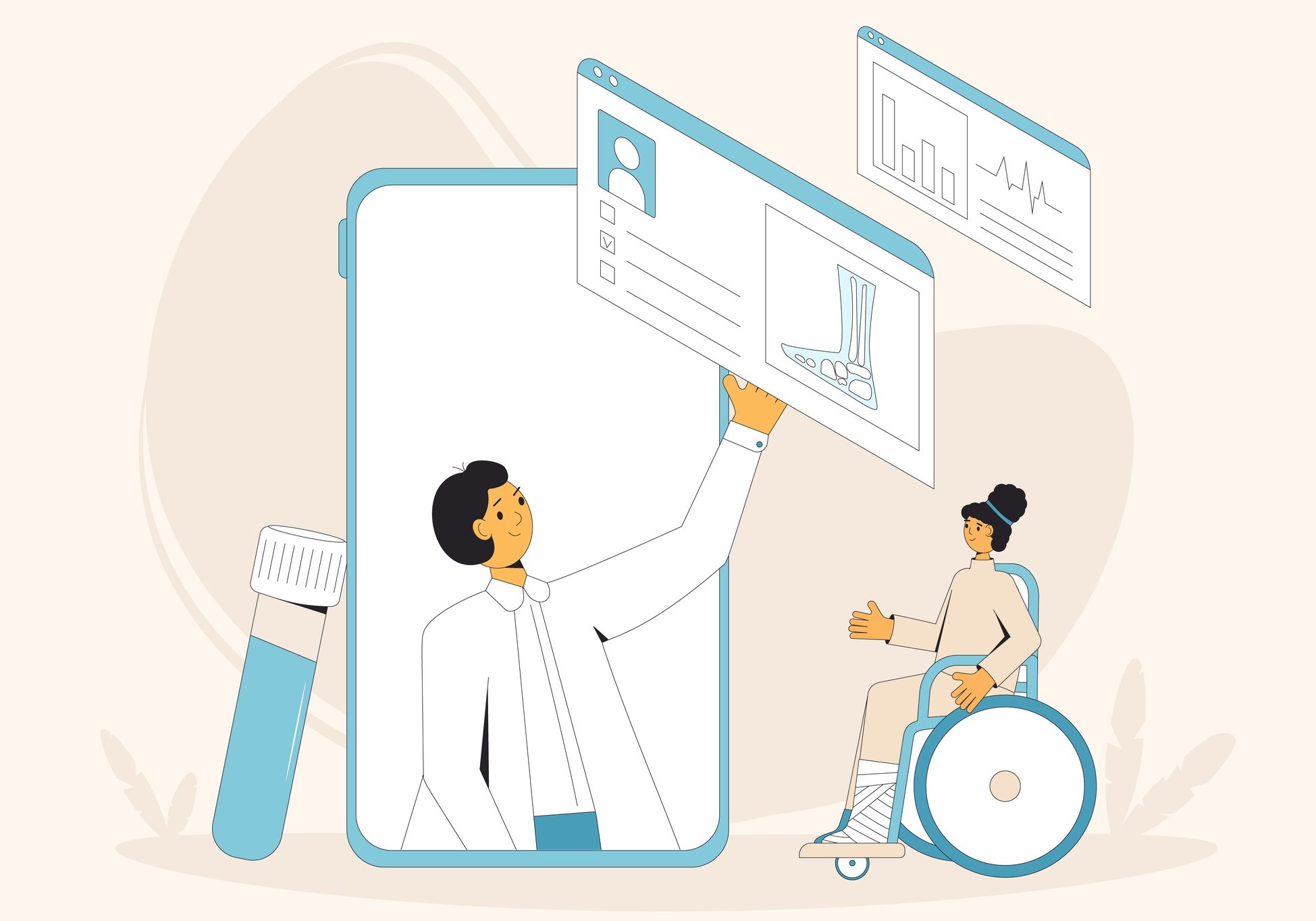Medical Management Endures the Continued Impacts of COVID-19
The pandemic has forced sweeping operational changes in almost every industry, and workers’ compensation was certainly not immune. Safety National’s Managing Director – Medical Management, Lisa Haug, discusses the impact on catastrophic claims and how telehealth has evolved the traditional model of care.
October 25, 2021

Meeting the needs of injured workers on the path to recovery and return to work has always been the priority of medical management. But, with the pandemic disrupting the standard model of care and causing never-before-seen catastrophic cases, workers’ compensation had to adapt quickly to continue to fulfill their commitment to injured workers.
Safety National’s Managing Director – Medical Management, Lisa Haug, shares how claims have changed and how traditional nurse triage, telephonic case management and field case management have evolved to align with an on-demand environment.
COVID-19 Long-Hauler Claims
Carriers have seen varying severity in those injured workers that have contracted COVID-19, most of whom are first responders, healthcare workers and frontline employees. At the beginning of the pandemic, most of us had the assumption that these claims would be more open and shut, with a convalescent period up to a couple of weeks, and then they would return to work. That has not necessarily been the case. A small percentage of injured worker claims need to be revisited due to ongoing complications.
We saw a case involving a firefighter who developed chronic lung disease with fibrosis due to contracting the virus. His films then showed bilateral lung infiltrates, possibly resulting in a need for a lung transplant down the line. These injured workers are being treated with far more medications to aid in their recovery, and some of these medications are impacting their vital organs. As a result, some will need kidney transplants, and others who are already on dialysis may need to continue that treatment for the duration of their lives.
Telehealth Treatments
Group health has utilized telehealth as a resource for some time, but workers’ compensation has been hesitant in this area. Initial appointments with an injured worker, involving a field case manager, often require a hands-on assessment. This approach is critical to understanding the full body movements and getting a more holistic idea of the injured worker’s needs. However, the industry has undoubtedly adapted to telehealth’s resources due to the roadblocks created by COVID-19.
With many doctors’ offices temporarily closing physical locations, we needed to continue treatment with specialists to avoid any complications in the course of recovery for injured workers. Telehealth has allowed for ease of access, allowing patients, especially those in rural areas, to stay on the same trajectory with the hopes of getting them back to work faster. While aspects of an injured worker’s recovery certainly need that in-person assessment, telehealth will continue to be wholly beneficial in ongoing therapy and later treatments. This on-demand environment is absolutely here to stay.

























